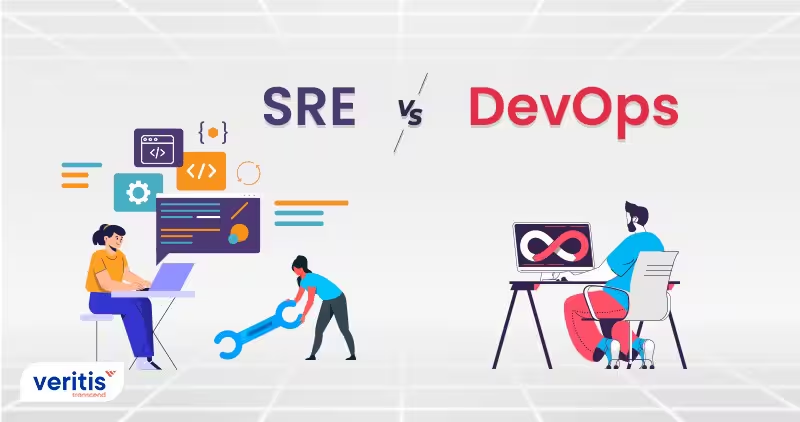
Exploring the Intersection of AI and Site Reliability Engineering (SRE)
As digital infrastructures become increasingly complex, Site Reliability Engineering (SRE) is evolving to meet the demands of scale, speed, and resilience. Artificial Intelligence (AI) is emerging as a transformative force, reshaping how SRE teams operate and optimize systems.
The Evolving Role of AI in SRE
AI in SRE is not just about automation—it’s about intelligent decision-making. From real-time anomaly detection to automated incident response, AI is elevating operational excellence. For example:
- Predictive Analytics: AI models anticipate system failures before they occur, enabling preemptive action.
- Incident Triage: AI categorizes and routes alerts, reducing noise and accelerating response.
- Self-Healing Systems: Infrastructure can automatically recover from failures using AI-driven workflows.
Challenges and Opportunities
While AI offers powerful capabilities, it introduces new complexities:
Challenges
- Data Quality: Inaccurate or sparse data can limit the effectiveness of AI insights.
- Transparency: Black-box AI models can make debugging more difficult during incidents.
- Change Management: Integrating AI into existing workflows often requires cultural and procedural shifts.
Opportunities
- Reduced MTTR: AI dramatically shortens Mean Time to Resolution by surfacing the right insights quickly.
- Smarter Automation: Tasks like scaling, failover, and logging are becoming more autonomous.
- Proactive Reliability: AI helps SREs move from reactive firefighting to proactive engineering.
SRE: Where Human Judgment Meets Machine Intelligence
SREs blend systems thinking, engineering discipline, and a reliability-first mindset. The introduction of AI augments—not replaces—this skill set.
Key Principles of AI-Augmented SRE
- Observability-First Design: Building systems with rich telemetry ensures AI models have quality data to work with.
- Collaboration: Engineers must work alongside AI tools, verifying outputs and tuning responses.
- Continuous Learning: Feedback loops between human engineers and machine learning models create more accurate systems over time.
"Hope is not a strategy. Engineering is." — Google SRE Handbook
Tools of the Trade
Modern AI-powered SREs use tools like:
- Dynatrace and New Relic for full-stack observability
- Prometheus with Grafana for real-time monitoring
- PagerDuty and OpsGenie for intelligent alerting
- Runbooks + GPT for incident response augmentation
AI and SRE: A Symbiotic Relationship
The fusion of AI and SRE is not just futuristic—it’s already in motion:
- Smart Dashboards: ML-driven dashboards highlight anomalies before they become critical.
- Intelligent Root Cause Analysis: Natural language AI summarizes logs and metrics for faster diagnosis.
- Capacity Forecasting: AI predicts infrastructure needs based on seasonal and historical trends.
Case Study: AI-Enhanced Auto Remediation
A leading e-commerce company reduced downtime by 35% after integrating AI with its SRE workflows. AI detected cascading failures early, executed predefined remediation steps, and notified engineers only if human intervention was required—freeing up valuable time for innovation.
Conclusion
AI is transforming SRE into a more predictive, resilient, and efficient discipline. By combining human expertise with intelligent systems, organizations can deliver faster, more reliable digital experiences. The future of SRE lies in this synergy—where engineers and algorithms work hand-in-hand.
Questions for Reflection
- What parts of your SRE practice could benefit from AI-assisted insights?
- How can SRE teams ensure AI is interpretable, responsible, and trustworthy?
Further Reading
Music for Inspiration
Listening to music while working? Check out "Motion" by Tycho—a perfect blend of creativity and rhythm.
